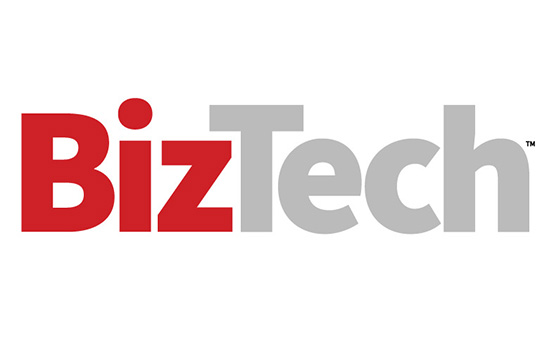It’s remarkable to think how much the business world’s approach to data management has matured in the nearly 20 years since Amazon Web Services became the first major provider of cloud infrastructure.
Prior to 2010, cloud was seen as a nice option for small and midsized businesses that wanted a cost-effective way to store data as they grew. In more recent years, enterprises have recognized the value and safety of cloud platforms as part of broader data strategies.
Today, I think we’re nearing the latter stages of cloud’s initial adoption era and about to begin the next phase: the drive to a smarter cloud. The data bears it out. Almost half of organizations are already running 50% of their workloads on cloud platforms, and many will be cloud-dominant within about three years, according to the 2024 CDW Cloud Computing Research Report.
Click the banner below to read the full CDW cloud computing report.
Creating a Smarter Cloud Strategy
With this in mind, it’s time to think holistically about data storage, security, flexibility and costs. The Houston Texans NFL team had a mostly on-premises infrastructure that it wanted to modernize even as it begins a migration to the Microsoft Azure cloud.
Working with experienced partners at CDW, the organization’s IT leadership team called the play: All the Texans’ data, like its players on the field, will be located in the right location based on the unique purpose each workload serves — about 60% in the cloud, with the rest remaining on-premises.
To get there, the group analyzed each workload individually, making decisions about which should use the Texans’ new Nutanix hyperconverged infrastructure appliances on-premises and which should migrate. That’s the kind of strategic approach all businesses should take as they enter the new era of the smarter cloud.
EXPLORE: Six key components you need for a successful cloud migration.












